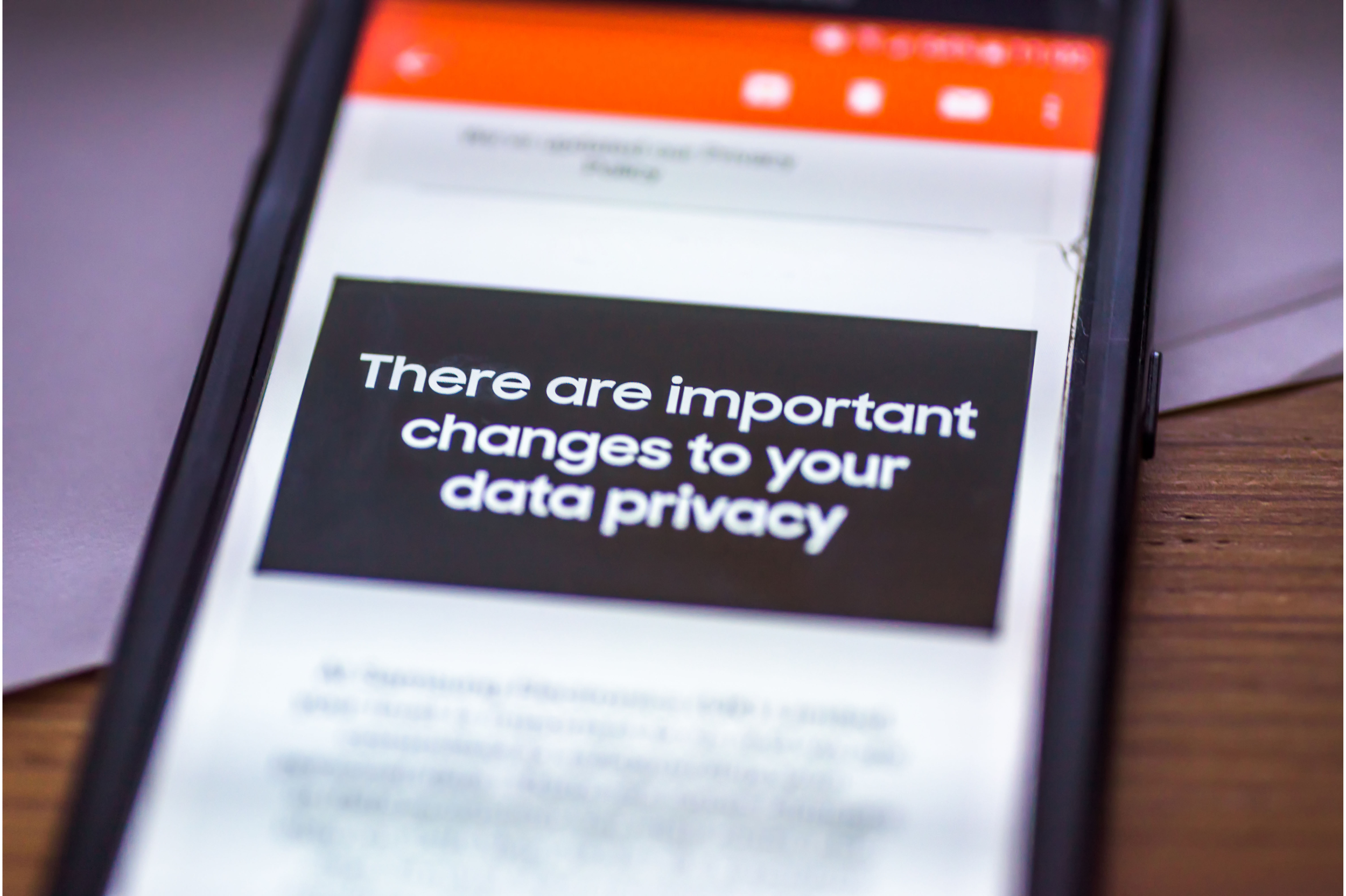Introduction
ROI—return on investment—you could say it’s like winning an Oscar for Upper Funnel Marketing. And that’s probably not far off: find your new customers first, before they’ve found your competitors, and cultivate your existing customers, before they re-discover your competitors … and do it cost-effectively.
Optimizing results in today’s crowded digital marketplace is more than personalization—getting the right message about the right product or feature to the right prospect or customer at the right time—it’s about doing it at scale: every time, for everyone. That takes star power. And for that you need effective customer modeling.
Customer Modeling by Any Other Name, Is Not Customer Modeling
You may have heard terms like customer segmentation, profiles or personas. They sound like customer modeling and are often used interchangeably. But they’re actually very different and progressive, with each new layer of data building on the levels before it. Which is one reason the terminology, and what they each do, can get confusing.
So, while profiles, personas, customer segmentation, and customer modeling may make use of the same, or similar-sounding, information they do so at different degrees of depth and dynamism. But perhaps most importantly, they reflect two different perspectives: What type of customer is right for us? What types of customers think we’re right for them?
In sum, customer modeling helps marketers get past their own biases and more deeply understand their customers’ and prospective customers’ priorities. So, let’s look, from the most general to the most personalized.
Profiles and Segmentations are More Generalized Ways of Looking at Customers
Profiles use demographic, psychographic and actionable data:
- Demographic data is basically the big picture of the consumer, and is the widest, most slow-moving category of consumer data such as age, location, gender, education, spouse, children, military history, occupation, income, religion, vehicle types and ages, home ownership, etc.
- Psychographic data is a snapshot in time of what the consumer cares about, or not. It can include things like pop culture preferences, events they attend or avoid, interactions they engage in or avoid, reactions to prices or products, recommendations, etc.
- Actionables can convey the equivalent of let’s do lunch, helping marketers understand how consumers want to be engaged – which may be quite different than how a brand wants to engage. Do they prefer email or regular mail; shop online, in person, or order in; use coupons, or not; which publications do they read or dislike; and so on.
You could say that profiles give marketers narrower, more specific views of the whole consumer base, using largely fixed or slow-moving characteristics. These smaller, yet still relatively large, market views help product and new business developers refine product designs. Market researchers use them to understand market size. Demand gen and content marketers use them as a starting place to develop campaigns.
Customer segmentation refines market views by subdividing consumers into groups with common needs, behaviors and preferences.
Segmentation helps marketers refine their marketing plans. It can be used for customer acquisition, as well as loyalty programs. From a data view, segmentation builds on the same data elements used in profiling, with greater emphasis on the psychographic and actionable data elements. Segmentation can improve targeting and engagement effectiveness.

Marketers Get Personal with Personas and Customer Modeling
The challenge with personalization is doing it at scale. Artificial intelligence and other technologies are changing that, and now the speed of understanding consumers is catching up. In some ways personas are a remnant from an earlier era: while they do add specificity compared to profiles and segmentation, that specificity is still not particularly dynamic. Where personalization really takes off is customer modeling.
Personas are fictitious characters built on the base assumptions found in customer profiles (and segmentation if in use), with emotional and behavioral triggers included. Personas identify broad stroke buying patterns within your profiles. While this additional layer of insight is useful, it’s still generalized on relatively slow-moving, or big picture, data patterns across large groups of people.
Customer modeling, by comparison, is used to predict behaviors by analyzing consumer data across varied dimensions. It’s key to personalization, market responsiveness and ROI, and builds off customer profiles and personas.
The key difference, to quote Jim Novo, is the focus on action. Customer modeling looks past the static identifiers of age, email preferences, and address to identify likely actions over time. For example, “If this customer does/doesn’t do X in the next Y days, they’re unlikely to do Z.” The type of data required to understand behaviors like this is anything but static and doesn’t live neatly on one or even a few domains. For example, social and online behaviors offer a motherlode of behavioral information: What types of information do potential customers share? How often? With whom: close friends, family, colleagues? What needs to be consented? How can we link identifiers? The good news is that in today’s digital world all of that is now available at scale.
With customer modeling—understanding the questions your brand needs answered, and then setting up the necessary collection points, measurements and tracking elements—the whole world can become personal.

Modeling for ROI: It’s All about Behavior … and Data
In truth, marketers are doing what they’ve always done: looking for patterns of behavior. What’s changed is the breadth and depth of patterns that today’s technology can uncover for marketers to use. You could say that it’s a matter of data and scale, at a speed that lets marketers keep up with their customers … and the demands of the business.
Customer modeling for ROI optimization works by measuring the price elasticity of customers to ensure that an optimized price is offered to each customer. It works well with pricing and channeling objectives as well as determining the most effective medium, helping to increase profit margins.
Beyond ROI, Other Uses for Modeling
Response modeling involves the validation and testing of customer response data and information to then rank customers based on how well they’re likely to respond to a promotion. Groupings and sub-groupings can be refined further to suit campaign needs.
Modeling that predicts customer behaviors is useful in predicting purchase probability and frequency, spending capabilities, support services usage, and loyalty—basically, the lifetime value of a customer. Such models can be especially useful in campaign design and optimization, resulting in more reliable forecasting, development, customer and asset management outcomes.
When it comes to measuring market impact, the multidimensional nature of modeling can help reduce or control for the likely biases and confusions that result from our nonstop crowded and competitive digital world. This data helps teams better gauge campaign effectiveness as well as financial forecasting, asset management and customer budget management.
As our digital world speeds up, consumers reward the kind of authentic, personalized marketing that customer modeling can enable. Ready to shine? It’s time for your curtain call.
Different Ways to Use Customer Modeling

Takeaways
Customer modeling is distinct from customer segmentation, profiles and personas, which are more generalized groupings based largely on static past data. Customer modeling on the other hand focuses on the future and the more specific, behavioral aspects of customers and prospects. Modeling is a powerful tool for personalizing upper funnel marketing campaigns and tactics to ensure ROI.




